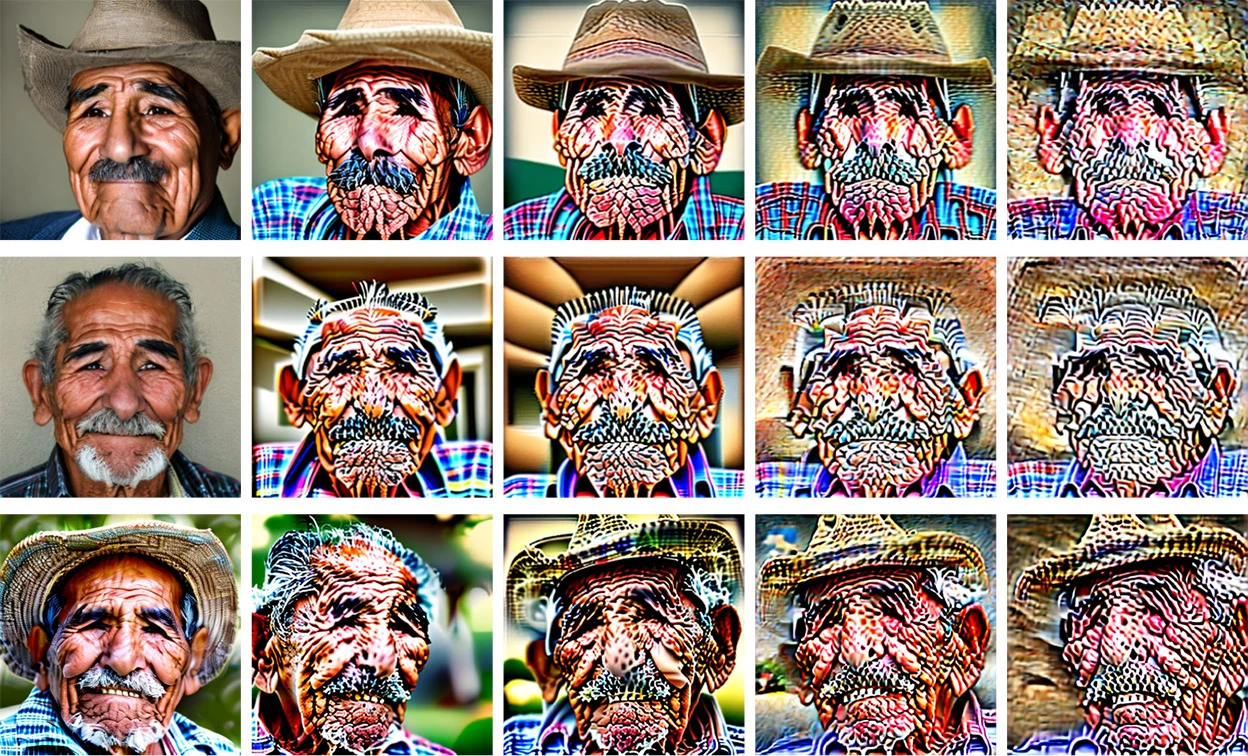MI weekly selection #570

Model shows dark matter’s role in black hole mergers
A study in Physical Review Letters proposes that self-interacting dark matter aids the merger of supermassive black holes by resolving the final parsec problem. The study shows mathematical modeling that indicates dark matter particles clustered around black holes allow the holes to close the final distance and collide, a process previously thought impossible with noninteracting dark matter.
Full Story: ScienceAlert
Errors stack up when LLMs use synthetic data
Large language models successively trained on data generated by the previous version produced gibberish, which means that LLMs are likely to collapse if they run out of human-generated training data and begin using synthetic data. Even before AI models completely collapsed, they forgot infrequently encountered information, and outputs grew increasingly homogeneous, potentially presenting the risk of bias.
Full Story: Nature
Jupiter-like planet’s orbit takes over 100 years
Astronomers have confirmed a long-suspected planet about the diameter of Jupiter but six times as massive with an orbit of more than 100 years around the star Epsilon Indi A, a neighbor of our solar system. “This is a gas giant with no hard surface or liquid water oceans,” says study author Elisabeth Matthews, noting it’s not likely to harbor life but does advance the understanding of how gas giants evolve over billions of years.
Full Story: The Associated Press
Music memory endures despite aging
Age does not affect the ability to recognize familiar music, according to a study in PLOS One of people from 18 to 86 years old, which aligns with previous research showing that age hinders real-time recall but not memory tasks that rely on automatic processing of well-known information. All participants were equally able to recognize a melodic phrase from Mozart’s Eine kleine Nachtmusik.
Full Story: Nature
Mouse-size Jurassic fossils hint at mammals’ evolution
Comparisons of an adult and a juvenile fossil of the species Krusatodon kirtlingtonensis indicate the mouse-sized mammals grew more slowly and lived longer in the middle Jurassic than their modern relatives. The younger specimen was replacing baby teeth with adult teeth when it died, and growth patterns in teeth and bones of both fossils, similar to today’s shrews and mice but slower, suggest an intermediate stage of mammal evolution.
Full Story: Popular Science